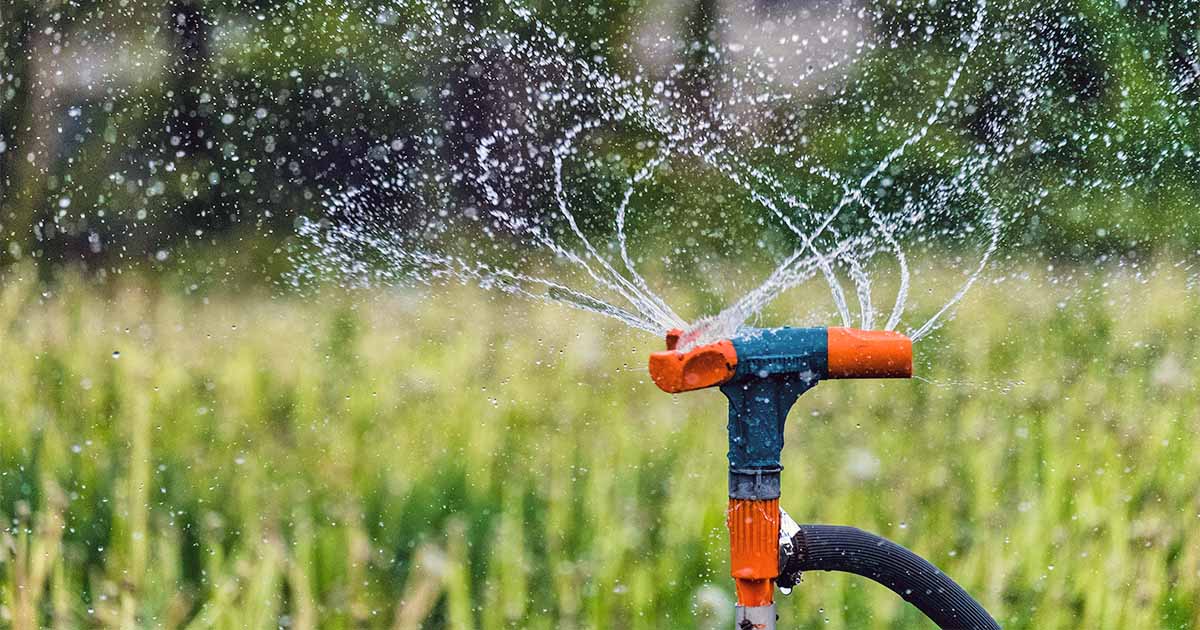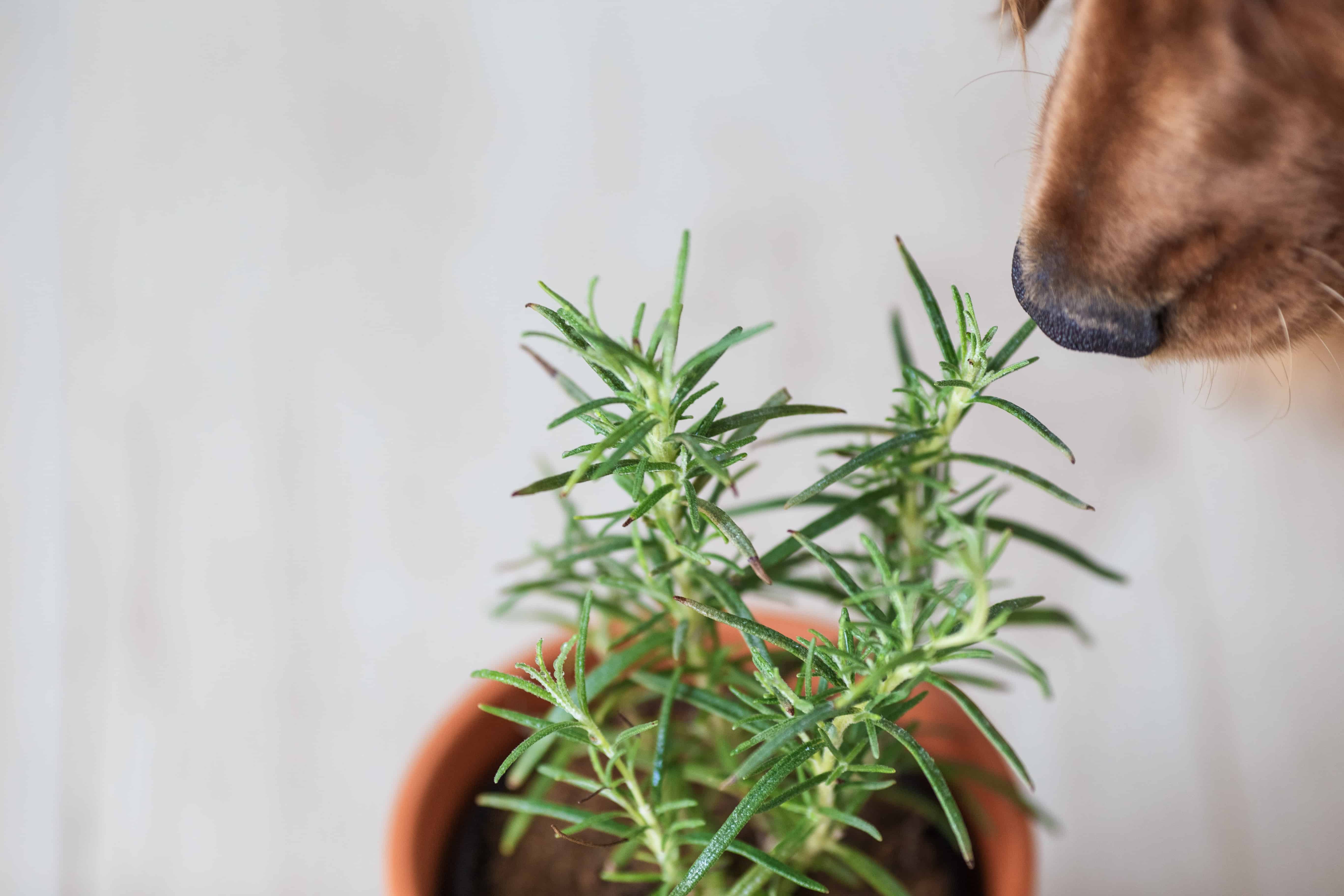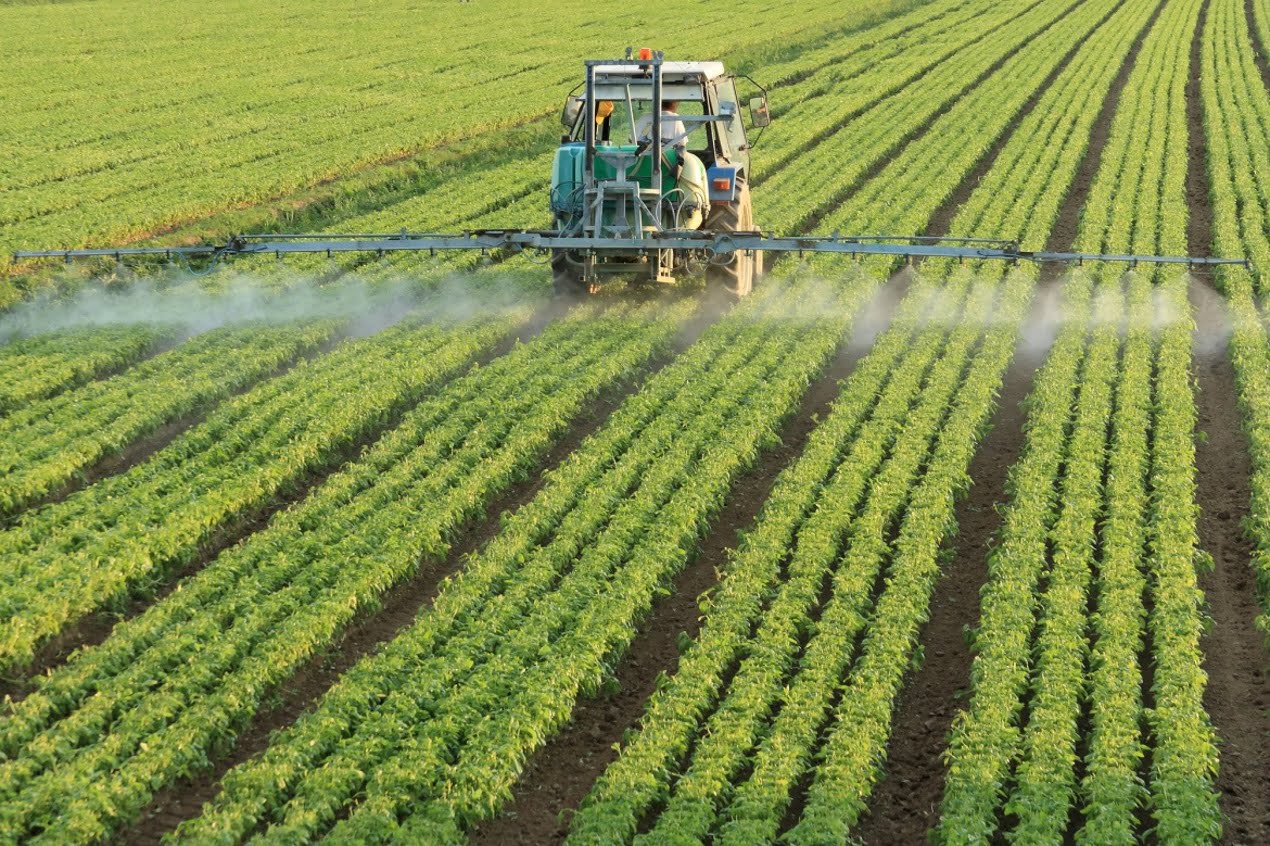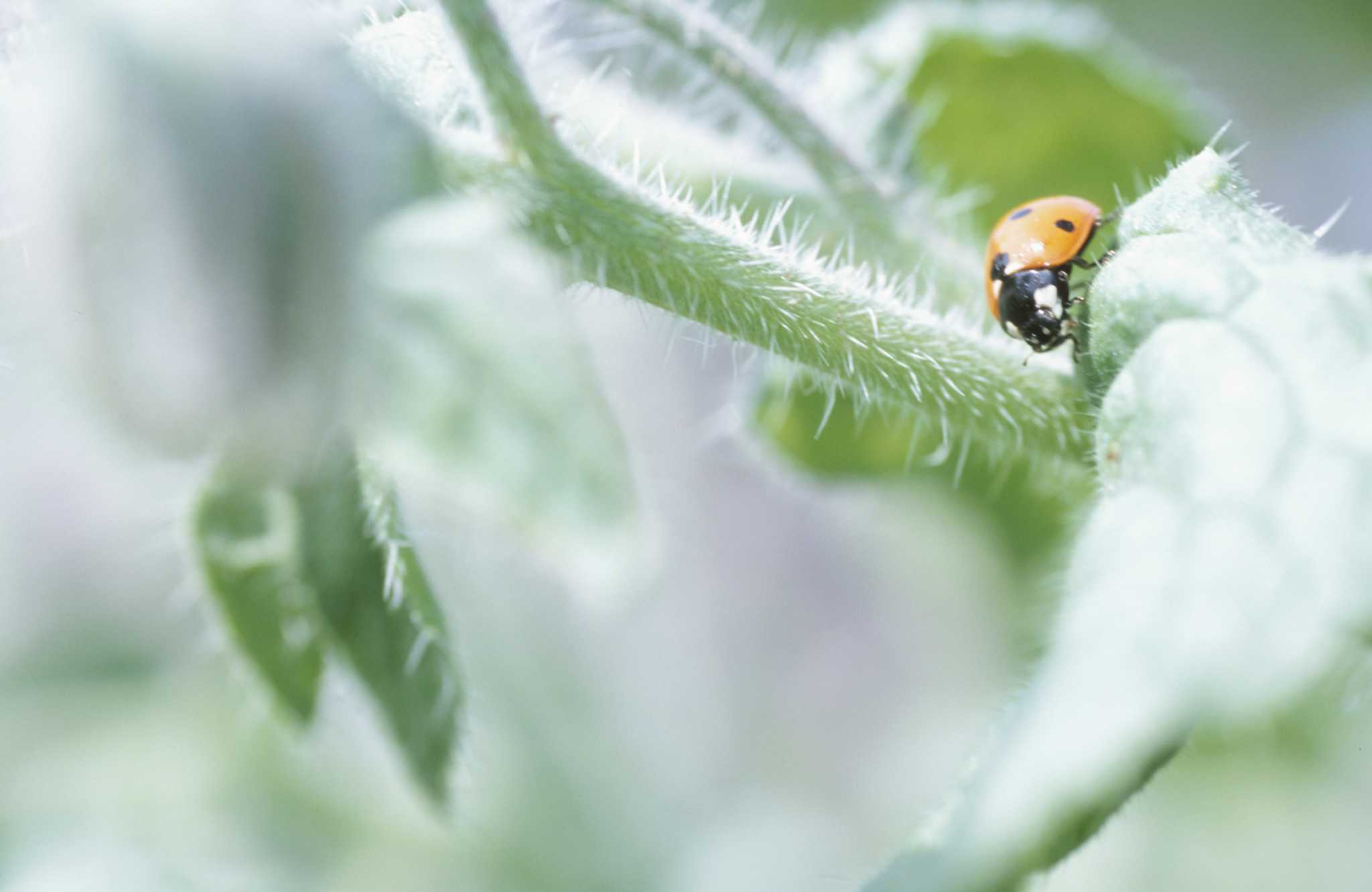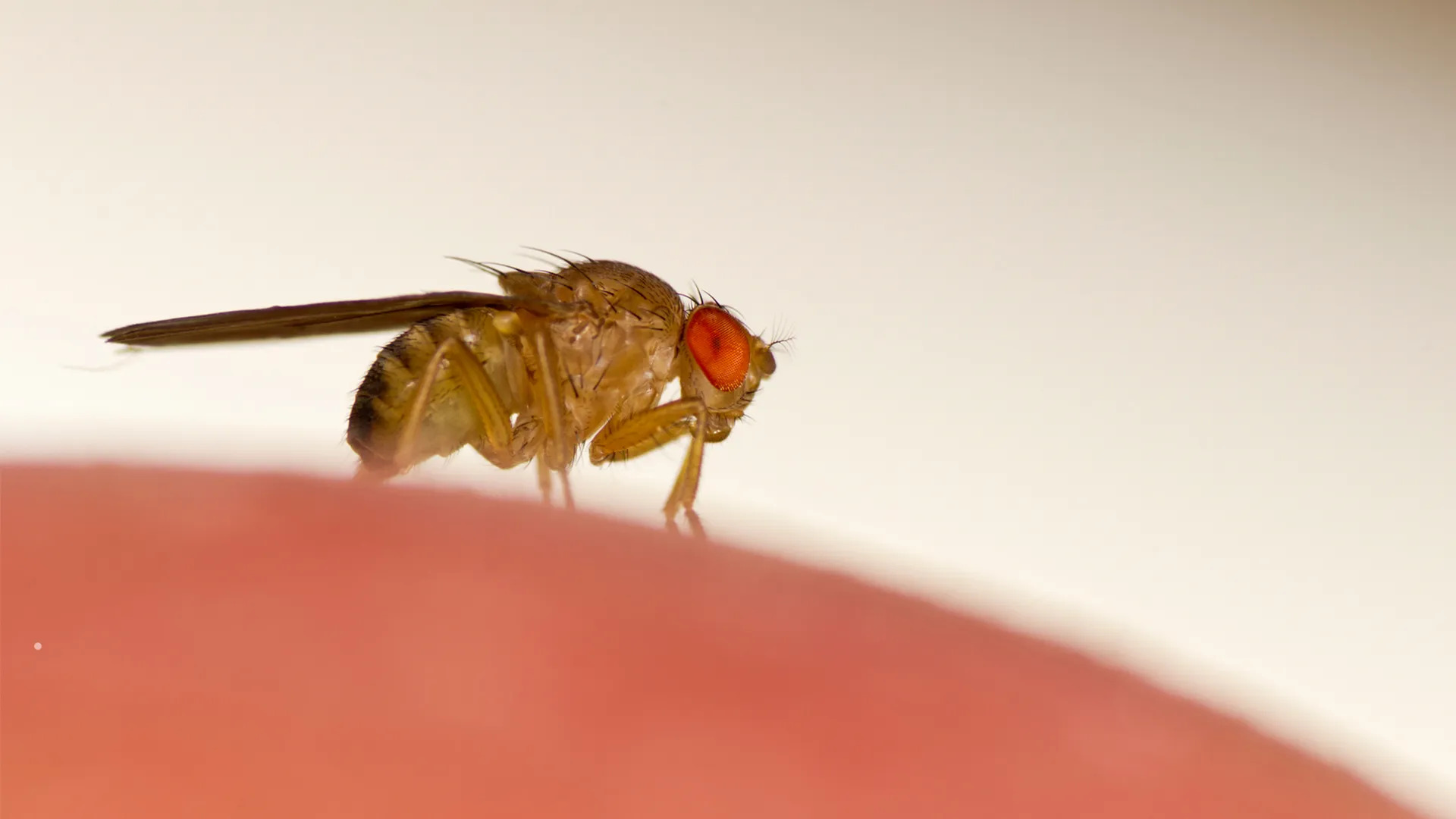Home>Gardening News and Trends>Latest News>What Does Bug Spray Do To Insects
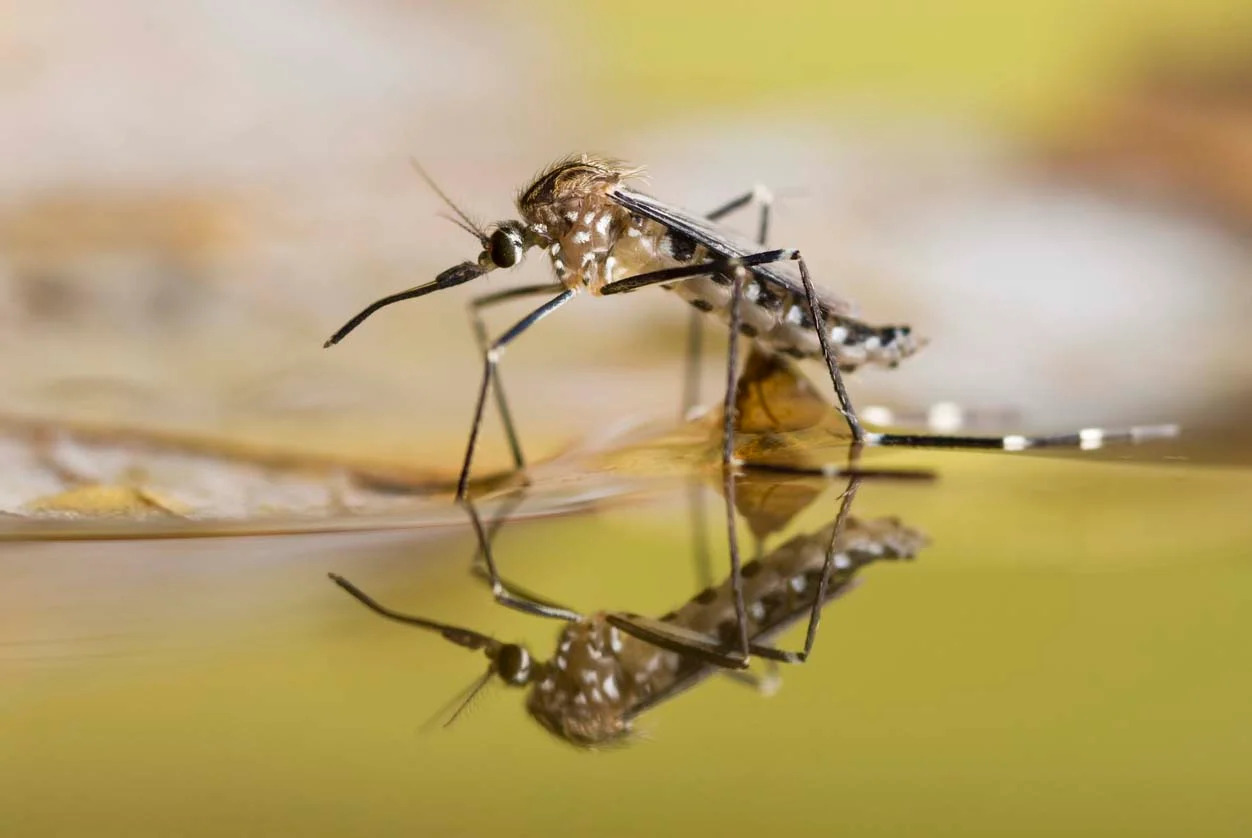

Latest News
What Does Bug Spray Do To Insects
Modified: January 22, 2024
Stay updated with the latest news on what bug spray does to insects. Find out the effects and benefits of bug spray for pest control.
(Many of the links in this article redirect to a specific reviewed product. Your purchase of these products through affiliate links helps to generate commission for Chicagolandgardening.com, at no extra cost. Learn more)
Table of Contents
Introduction
Bug spray, also known as insect repellent, is a popular tool used to keep pesky insects at bay. Whether you’re enjoying a picnic in the park, hiking through the wilderness, or simply trying to relax in your backyard, bug spray is often a go-to solution to ward off bugs and prevent bites.
But have you ever wondered what bug spray actually does to insects? How does it work? And what are the potential effects on both the targeted pests and the environment?
In this article, we will explore these questions and delve into the world of bug spray. We will examine the chemical ingredients found in bug sprays, discuss the short and long-term effects on insects, and explore the potential environmental implications.
Understanding the science behind bug spray and its impact on insects is not only interesting, but it can also help us make more informed choices when it comes to pest management and environmental stewardship.
So, join us as we unravel the mysteries of bug spray and gain a deeper understanding of its effects on insects!
Understanding Bug Spray
Bug spray is a type of insect repellant that is designed to deter and kill insects. It comes in various forms, including aerosols, pump sprays, lotions, and creams. The primary goal of bug spray is to protect humans and animals from the nuisance and potential harm caused by insect bites.
Most bug sprays work by using chemical compounds that repel or kill insects upon contact. These repellents create a barrier between the user and the insects, making it less likely for them to land on or bite the treated area of the body.
The active ingredients in bug sprays may vary, but some common ones include DEET (N,N-diethyl-meta-toluamide), picaridin, permethrin, and citronella oil. Each of these ingredients has different properties and effectiveness against certain types of insects.
It’s important to understand that bug sprays are typically formulated to target specific pests, such as mosquitoes, ticks, flies, and gnats. While bug sprays can provide temporary relief from these insects, they may not be equally effective against other types of pests, such as ants or cockroaches.
Furthermore, bug spray does not offer complete protection against all pests. It should be used in conjunction with other preventive measures, such as wearing protective clothing, avoiding peak insect activity times, and using screens or nets where applicable.
While bug sprays can be an effective tool for reducing the risk of insect bites, it is essential to use them in accordance with the instructions provided by the manufacturer. Overapplication can lead to unnecessary exposure to the chemicals in bug sprays, and this should be avoided.
Now that we have a basic understanding of bug spray and its purpose, let’s explore the effects it has on insects and whether there are any potential long-term consequences.
Effects of Bug Spray on Insects
Bug spray has a profound impact on insects, primarily due to the chemical ingredients it contains. When insects come into contact with bug spray, the effects can vary depending on the specific insect species and the active ingredients in the spray.
One of the primary effects of bug spray on insects is repellence. Bug sprays work by emitting odors that insects find unpleasant, thereby deterring them from landing on or biting the treated area. This repellent effect can provide temporary relief from pests and reduce the risk of insect bites.
However, bug sprays can also have lethal effects. Some active ingredients, such as pyrethroids found in certain pesticides, can cause paralysis and death in insects upon contact. These ingredients disrupt the nervous system of the insects, leading to their demise.
In addition to direct effects, bug spray can also have indirect effects on insects. For example, when insects are repelled or killed by bug spray, it can disrupt their natural behavior and feeding patterns. This disruption can have cascading effects on ecological relationships within ecosystems.
Furthermore, bug sprays may not always eradicate all insects completely. Some insects may develop resistance or tolerance to the active ingredients over time. These resistant insects may survive exposure to bug sprays, leading to the potential development of more robust populations.
It is worth noting that bug sprays are generally designed to target specific pest species and may not have the same effects on all insects. While they may be effective against mosquitoes or ticks, they may have limited efficacy against other pests, such as ants or spiders.
While bug spray provides temporary relief from insects and can have lethal effects on certain pests, it is crucial to consider the potential long-term consequences of its use. In the next section, we will explore the chemical ingredients commonly found in bug sprays and their implications for insects and the environment.
Chemical Ingredients in Bug Spray
Bug sprays contain various chemical ingredients that play a crucial role in their efficacy against insects. Understanding these ingredients can shed light on their potential effects on both insects and the environment.
One of the most commonly used active ingredients in bug sprays is DEET (N,N-diethyl-meta-toluamide). DEET is highly effective in repelling a wide range of insects, including mosquitoes, ticks, and biting flies. It works by disrupting the insects’ ability to detect human odors, making them less likely to land on or bite treated areas.
Another popular active ingredient is picaridin, which is a synthetic compound that resembles the natural compound found in the black pepper plant. Picaridin is effective against mosquitoes and other biting insects and provides long-lasting protection.
Permethrin is another common ingredient often used in bug sprays designed for clothing or gear. It is a synthetic version of a naturally occurring insecticide found in chrysanthemums. Permethrin works by killing insects upon contact and provides extended protection even after multiple washes of treated clothing.
Citronella oil is a natural insect repellent derived from the leaves and stems of the citronella grass. It has a strong odor that masks the attractant scents produced by humans, making it harder for insects to find and bite. While not as long-lasting as other chemical repellents, citronella oil is commonly used in outdoor candles, lotions, and sprays.
While these chemical ingredients are effective in repelling or killing insects, they can also have unintended consequences. For example, DEET is considered safe for most people when used as directed, but it can cause skin irritation or allergic reactions in some individuals. Additionally, certain synthetic chemical insecticides like pyrethroids can be toxic to bees and other beneficial insects, which play a crucial role in pollination and ecosystem health.
It is essential to read and follow the instructions provided by the manufacturers when using bug sprays. This ensures safe and effective use while minimizing potential harm to insects and the environment.
Next, we will examine the potential long-term effects of bug spray on insect populations and the environment as a whole.
Long-term Effects on Insects
The long-term effects of bug spray on insects can vary depending on factors such as the specific active ingredients, the frequency and intensity of use, and the targeted insect populations. While bug spray can provide immediate relief from pests, it is essential to consider the potential consequences it may have on the long-term health and stability of insect populations.
One significant concern is the development of insecticide resistance. Insects are incredibly adaptable creatures, and repeated exposure to bug sprays can lead to the selective survival of insects that have genetic traits allowing them to withstand the effects of the chemicals. Over time, this can result in the emergence of insect populations that are less susceptible to the bug spray’s active ingredients.
Another potential long-term effect is the disruption of ecological balance. Insects play vital roles in ecosystems as pollinators, decomposers, and as a food source for other organisms. The widespread use of bug sprays that target specific insect populations can inadvertently harm beneficial insects and disrupt the delicate balance of the ecosystem. For example, the decline of pollinators like bees can have far-reaching consequences for the reproduction of plants and the sustainability of agricultural systems.
Furthermore, bug spray can also impact the reproductive abilities of insects. Some studies have shown that exposure to certain chemical ingredients in bug sprays can affect the fertility and reproductive success of targeted insects. This can lead to decreased population sizes and potential disruptions in the overall ecological functioning.
Additionally, bug spray can have an indirect impact on insect populations by reducing the availability of their natural food sources. Insects often rely on plants, nectar, or other insects as their primary sources of nutrition. When bug sprays are applied to plant surfaces or directly on insects, it can limit their access to these vital food sources, potentially leading to starvation and population declines.
It is important to strike a balance between managing pest populations and considering the potential long-term effects on insects and ecosystems. Integrated Pest Management (IPM) practices, which focus on minimizing the use of chemical insecticides and incorporating alternative methods such as biological control or cultural practices, can help mitigate the long-term impacts of bug sprays on insect populations.
Next, we will explore the negative effects of bug spray on beneficial insects and why their preservation is crucial.
Negative Effects on Beneficial Insects
While bug spray is intended to target and control pests, it can also have unintended negative effects on beneficial insects, which play crucial roles in ecosystems. Beneficial insects include pollinators like bees, natural predators of pests like ladybugs and lacewings, and decomposers like beetles. These insects contribute to the overall health and balance of ecosystems, making their preservation essential.
One of the primary concerns is the inadvertent exposure of beneficial insects to bug spray. Spraying bug spray on plants or in areas where beneficial insects reside can result in direct contact and potential harm. The chemical residues left by bug sprays on flowers or vegetation can be toxic to bees and other pollinators when they come into contact with them while foraging for nectar and pollen.
Furthermore, bug sprays designed to control specific pests can disrupt the natural balance between pests and their natural predators. For example, indiscriminately applying bug spray to eliminate aphids may also harm ladybugs, which are natural predators of aphids. This disruption can lead to an increase in the pest population over time, as there are fewer natural predators to keep them in check.
Another concern is the impact of bug spray on the reproductive abilities of beneficial insects. Some studies have shown that exposure to certain insecticides can impair the fertility and egg-laying abilities of insects like bees and butterflies. This can lead to population declines and potentially affect the pollination of plants and the overall health of ecosystems.
It is crucial to consider alternative pest management strategies that minimize the negative effects on beneficial insects. Integrated Pest Management (IPM) practices, which involve a combination of cultural practices, biological controls, and targeted use of insecticides, can help preserve beneficial insect populations while effectively managing pest populations.
Using bug sprays judiciously and selectively, targeting only the specific pests while minimizing exposure to beneficial insects, is one way to mitigate these negative effects. Additionally, planting native flowering plants and creating habitats that support the presence of beneficial insects can help enhance their populations and improve ecosystem resilience.
Next, we will explore the concepts of resistance and tolerance that can arise in insect populations as a result of bug spray use.
Resistance and Tolerance
One important phenomenon that can arise as a result of bug spray use is the development of resistance and tolerance in insect populations. Insects have the ability to adapt and evolve, and repeated exposure to bug sprays can lead to the survival and proliferation of individuals that are less affected by the chemicals.
Resistance refers to the ability of insects to withstand the effects of bug sprays that would typically be lethal to them. It occurs when a small proportion of the population possesses a genetic trait that enables them to survive exposure to the active ingredients. These resistant individuals then pass on these traits to their offspring, resulting in a population that is increasingly less susceptible to the bug spray over time.
Tolerance, on the other hand, refers to the ability of insects to endure higher doses of bug sprays without being killed, even if they are not necessarily resistant. While tolerance does not involve genetic changes, it can still enable insects to survive and reproduce in the presence of bug sprays.
The development of resistance and tolerance is a significant concern because it can reduce the effectiveness of bug sprays in controlling targeted pest populations. As more insects become resistant or tolerant, higher doses or different chemical compounds may be required to achieve the desired effect, leading to increased chemical use and potential environmental risks.
There are several factors that contribute to the development of resistance and tolerance in insects. One key factor is the genetic diversity within a population. Insects that possess genetic variations enabling them to survive exposure to bug sprays are more likely to pass on these traits to future generations, leading to the potential development of resistant or tolerant populations.
Additionally, the frequency and intensity of bug spray use can influence the rate at which resistance and tolerance develop. Overusing bug sprays or applying them too frequently can create strong selection pressures that favor the survival of resistant or tolerant individuals. This emphasizes the importance of using bug sprays judiciously, following label instructions, and incorporating other pest management strategies as part of an integrated approach.
To mitigate the development of resistance and tolerance, it is essential to implement Integrated Pest Management (IPM) practices. IPM involves a combination of strategies, including crop rotation, biological controls, use of resistant crop varieties, and targeted insecticide applications. By diversifying pest management approaches, it becomes more challenging for insects to adapt and develop resistance or tolerance.
Next, we will explore the potential environmental implications of bug spray use and its impact on ecosystems.
Environmental Implications
The use of bug spray can have significant environmental implications, particularly when it comes to the potential effects on ecosystems and non-target organisms. While bug sprays are designed to target specific pests, their application can lead to unintended consequences that may impact the environment in various ways.
One concern is the impact on non-target insects, such as bees, butterflies, and other beneficial pollinators. These insects play a vital role in pollination, which is essential for the reproduction of many plant species. Bug sprays can unintentionally harm these insects when they come into contact with the chemical residues on flowers or vegetation. This can lead to declines in pollinator populations, which can then have cascading effects on plant reproduction and ecosystem health.
Furthermore, bug sprays can have indirect effects on other organisms within the ecosystem. Insects serve as a food source for a variety of animals, including birds, bats, and other insectivores. When bug sprays are applied, they can reduce the abundance of insects, potentially disrupting the food chain and affecting the survival and reproduction of these organisms.
Additionally, bug sprays can have consequences for water systems and aquatic organisms. Rainfall or irrigation can wash away the chemicals from treated plants and surfaces, leading to the contamination of nearby water bodies. This can harm aquatic organisms, including fish, frogs, and other aquatic invertebrates, which may be directly exposed to the chemical residues or indirectly affected through the disruption of their food sources.
The persistence of bug spray residues in the environment is another concern. Some chemical ingredients found in bug sprays can be long-lasting and resistant to degradation. This means that they can persist in the soil, water, or vegetation for extended periods, potentially leading to cumulative effects over time.
Reducing the environmental impact of bug sprays requires a balanced approach to pest management. Integrated Pest Management (IPM) practices, which emphasize the use of multiple strategies and minimizing reliance on chemical insecticides, can help reduce the overall use of bug sprays and their potential environmental implications.
Furthermore, selecting alternative methods such as biological controls, cultural practices, and promoting the use of organic or natural pest repellents can contribute to a more sustainable and environmentally friendly approach to pest management.
As individuals, we can also play a role in minimizing the environmental impact of bug sprays by using them sparingly and selectively, only when necessary, and following the recommended application rates and guidelines provided by manufacturers.
In the final section, we will summarize the key points discussed in this article and underscore the importance of mindful bug spray use.
Conclusion
Bug spray is a valuable tool for protecting ourselves from annoying and potentially harmful insect bites. However, it’s crucial to have a comprehensive understanding of its effects on insects and the environment to use it responsibly. Throughout this article, we have explored the various aspects of bug spray, including its chemical ingredients, effects on insects, and the potential long-term consequences.
We learned that bug spray works by repelling or killing insects through the use of active ingredients like DEET, picaridin, permethrin, and citronella oil. These chemicals can have direct and indirect effects on insect behavior, such as repelling pests or disrupting their natural balance. However, it’s essential to consider the potential long-term consequences, including the development of resistance and tolerance in insect populations, and the detrimental impact on beneficial insects.
Beneficial insects, such as pollinators and natural predators of pests, are vital for maintaining ecosystem health and stability. It is essential to minimize the negative effects of bug spray on these organisms by using integrated pest management approaches that incorporate alternative methods and promote the preservation of beneficial insect populations.
The use of bug sprays also has potential environmental implications, including harm to non-target insects, contamination of water systems, and the persistence of chemical residues. By adopting sustainable pest management practices, such as integrated pest management and selective use of bug sprays, we can minimize these environmental impacts and work towards a healthier and more balanced ecosystem.
Ultimately, the responsible use of bug spray involves thoughtful consideration of its potential effects on insects, beneficial organisms, and the environment as a whole. By using bug spray judiciously, following label instructions, and exploring alternative pest management strategies, we can strike a balance between pest control and environmental stewardship.
So, the next time you reach for a bottle of bug spray, remember the importance of protecting both yourself and the delicate intricacies of the natural world. Let us continue to explore sustainable practices and foster harmony between humans and insects.
